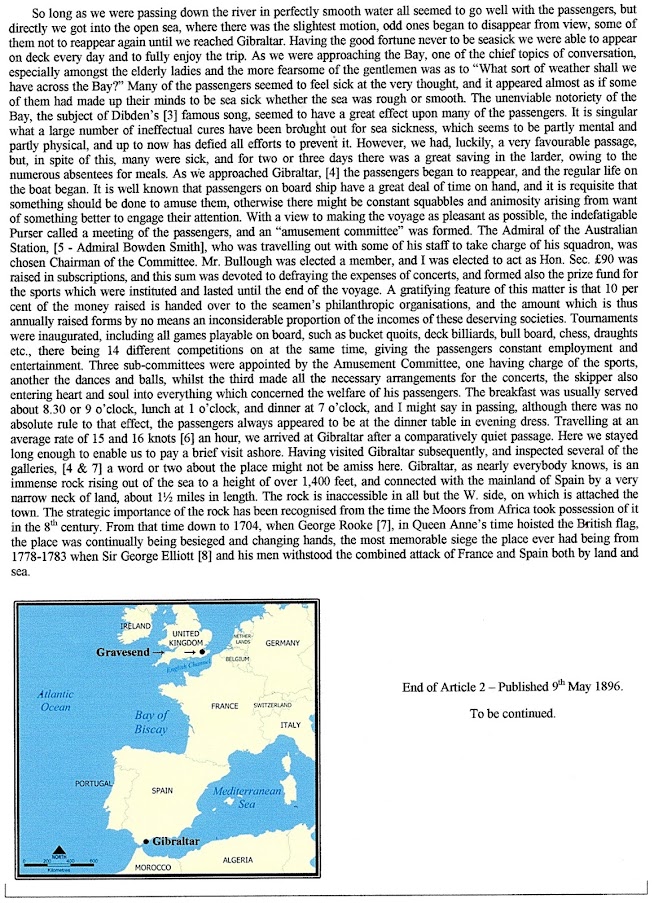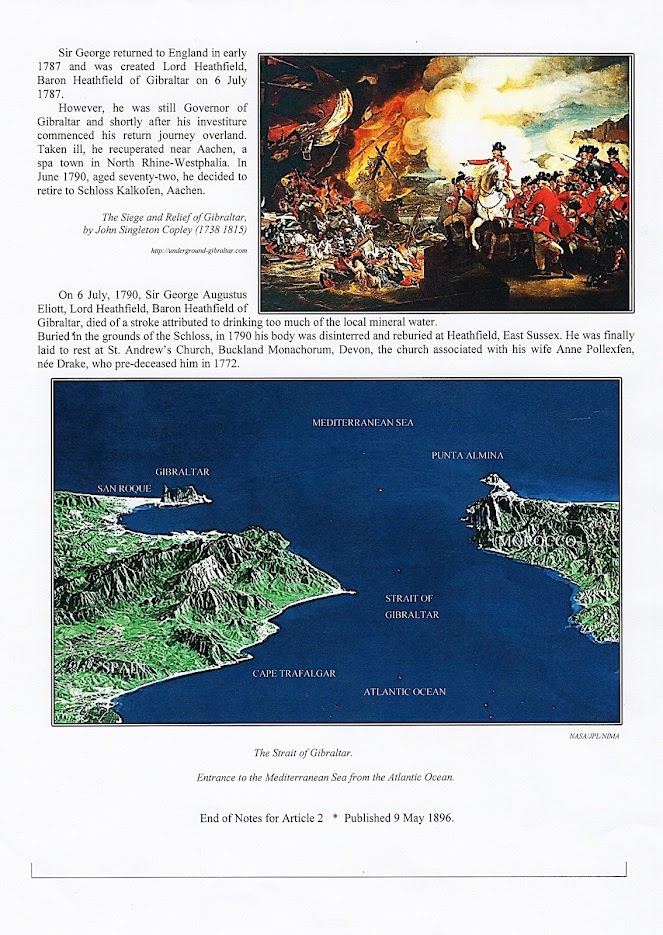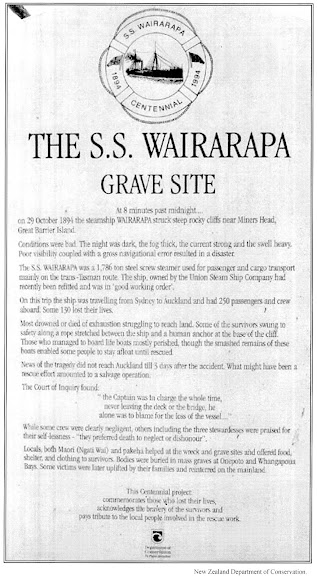George Bullough (1870 – 1939, later
Sir George, Baronet) was three days short of his twenty-first
birthday when his father John died on
the 25th of
February 1891 at the age of fifty-two.
Nineteen months later in
September 1892 twenty-two year old George
embarked on a thirty five month
long world tour with his friend Robert Mitchell
returning to Britain in August 1895 to be
soon followed by what was termed a
“six-month supplementary cruise” arriving
back at The Rhyddings,
Bullough’s home in Accrington, Lancashire,
England, in April 1896.
A twenty volume photographic
record of their travels is located in the library at
Kinloch Castle, Isle of Rum,
Scotland, Bullough's Highland hunting lodge built 1897-1900.
Regrettably each picture has only the
briefest title, sometimes no title and no date.
Fortunately Mr. Bullough agreed to have
published a series of reports of their travels
 |
Part of the introductory article from
The Accrington Division Gazette
published 2 May 1896. |
in The Accrington Division
Gazette, the local newspaper and
location of the family business and source of his wealth,
Howard
and Bullough, Ltd., Globe Works,
manufacturers of a
complete range of cotton spinning machinery to the world’s cotton industry.
I am indebted to Accrington Library who
supplied
photo-copies of the twenty-eight articles,
"Mr. Bullough's Three Years' Tour"
published in The Accrington Division
Gazette between
2 May and 12 December 1896 and the late broadcaster,
Magnus Magnusson, K.B.E, at the time
Chairman of Scottish Natural Heritage, (the agency responsible for the island of
Rum and Kinloch Castle), who gave me permission (1996)
to archive
and photographically record
the contents of Kinloch Castle including the 600 plus
half-plate images of George Bullough’s World Tour.
Commencing with this Introductory
Article, (left), published
in May 1896, and the twenty seven subsequent Gazette reports, (the last, Pretoria,
Johannesburg, the Discovery of Diamond City, published on the 12th
of December 1896), I have added at the end of each numbered Explanatory Notes sourced
from my archive of contemporary publications, including the 9th and
11th editions of Encyclopædia Britannica,
I have also drawn extensively from numerous sites on Google,
a resource I hereby
acknowledge and recommend to those readers who wish to research further.
The world Robert Mitchell recalls in these articles and the accompanying photographs taken in the 1880 / 1890's
give us today a unique insight into that world, and human attitudes over one hundred and
thirty years ago at the height of the British Empire and Queen Victoria's reign.
My additional notes at the end of each chapter, written from contemporary publications, are intended to help the reader see and understand this late 19th century world as twenty-three year old George Bullough would know it by giving brief historical background and understanding to the articles and hopefully encourage further reading and research.
 |
THE TWENTY WORLD
TOUR PHOTOGRAPH ALBUMS 14½ x 10¾ inches.
I Ceylon / India * II Ceylon / India * III India * IV
India * V India * VI India / Burma * VII Australia
VIII Cape Town * IX South Africa * X South Africa / Madeira / Hobart XI * Tasmania / New Zealand
XII New Zealand * XIII Natives Africa / New Zealand * XIV Japan * XV
Numea / Batavia / Singapore
XVI China * XVII China / Japan * XVIII New Zealand / New Caledonia * XIX Honolulu / California
XX Salt Lake City (Note: there are two albums
marked XIV and no XVIII.)
|

George Bullough (left) and his
travelling companion
Robert Mitchell standing by a fine specimen
of ficus elastica,
the Indian rubber tree in the
Royal Botanic Gardens,
Peradeniya, Ceylon,
since independence in 1972,
Sri Lanka.
This is one of only three of the 600+ album photographs in which they appear together.
(Greatly enlarged from original below.)
 |
George Bullough and Robert Mitchell by a stand
of ficus elastica
in the Royal Botanic Gardens, Peradeniya, Ceylon.
Album 1 * Image
18 * Original photograph measures 10½ x 8½ inches.
(George W. Randall Research Archive)
|























































































